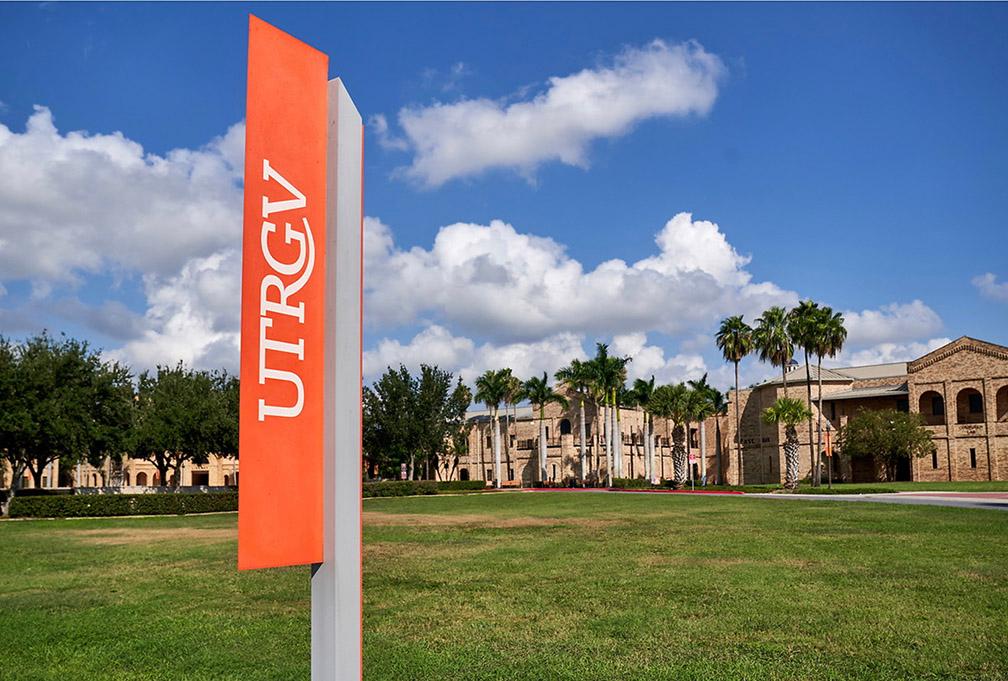Third Way: UTRGV ranks fourth in country for students’ economic mobility

By Amanda A. Taylor-Uchoa
RIO GRANDE VALLEY, TEXAS – MARCH 30, 2021 – UTRGV was recently ranked fourth nationally among the Top 10 schools that offer the most economic mobility for their students.
Third Way, a national nonprofit think tank, announced the ranking in a recent report entitled “Out With the Old, In With the New: Rating Higher Ed by Economic Mobility.”
Third Way developed the economic mobility ranking by examining which schools enroll the highest proportion of students from low and moderate backgrounds and provide them with a strong return on their educational investment. UTRGV was the only UT System school ranked in the Top 10.
UTRGV President Guy Bailey said the Third Way ranking is a testament to UTRGV’s commitment to providing a world-class education at an affordable price.
“Two things happen when our students graduate: First, the excellent education they have just obtained gives them the opportunity to secure a great job. Second, they graduate with little to no debt,” he said. “When you combine these two things, it truly gives our students a quick return on their investment in UTRGV.”
Bailey cited Tuition Advantage and Luminary Scholars, both announced in 2021, as UTRGV programs that have assisted many students with tuition needs. Additionally, key programs like TRiO Student Support Services (SSS) and GEAR UP are examples of partnerships and grant-generating departments that help increase retention and graduation rates for low-income or first-generation students.
METHODOLOGY Details about Third Way’s methodology to generate the rankings is included within its initial report. In the report, Third Way suggests the nation is “in dire need of a completely different approach to assessing institutions of higher education.”
“Instead of prioritizing reputation and selectivity, we propose a new rating system known as the Economic Mobility Index (EMI) that attempts to answer the question: ‘If the primary purpose of postsecondary education is supposed to be to catalyze an increase in economic mobility, which schools are succeeding in that goal?’” the article says. “(This) analysis is designed to give policymakers, researchers, and consumers a better way to assess which colleges are delivering on that promise for low- and moderate-income students – and which ones are falling woefully short.”
Ultimately, Economic Mobility Index (EMI) numbers are found by combining Price to Earnings Premium (PEP), which assesses how long a low-income student can pay for the education, and whether the university enrolls a large percentage of low- and moderate-income students and Pell Grant recipients. For EMI percentages, each college needs a good PEP score and a large portion of the student body eligible for Pell Grants. UTRGV had an EMI of 59.2 percent.
Veronica Gonzales, senior vice president for Governmental and Community Relations, said this recognition is a testament to the growing workforce in the Rio Grande Valley.
“Having an educated workforce is critical to the growth and success of any community,” she said. “The ranking is further validation that UTRGV is producing a strong talent pool for the Valley, the State of Texas and the nation’s workforce, at an affordable cost.”

